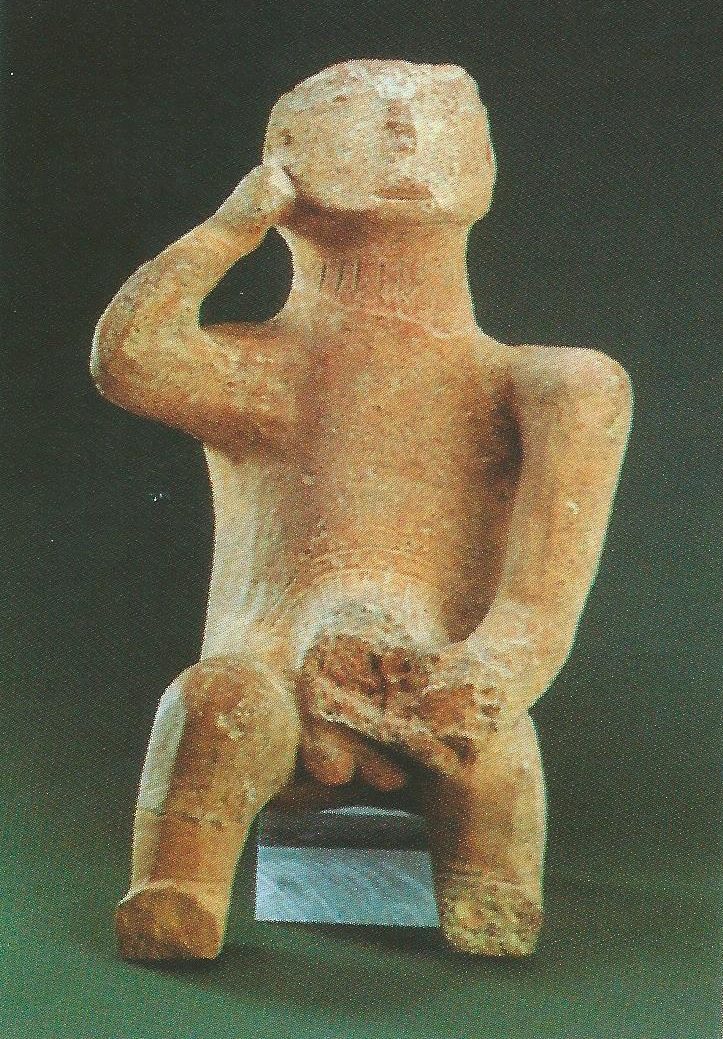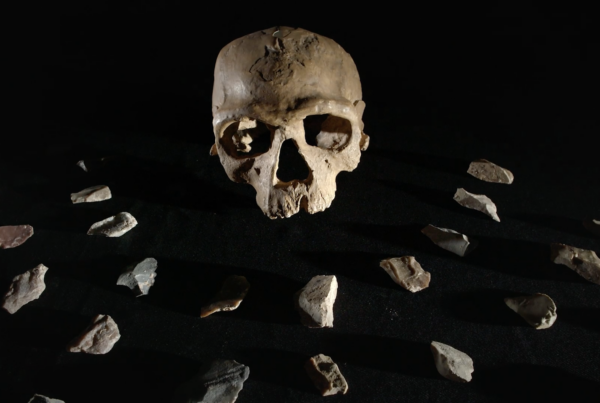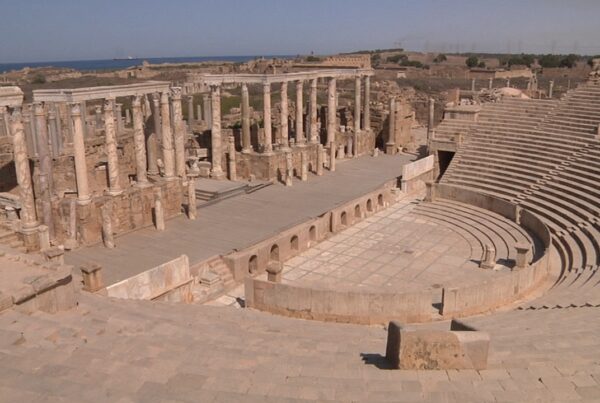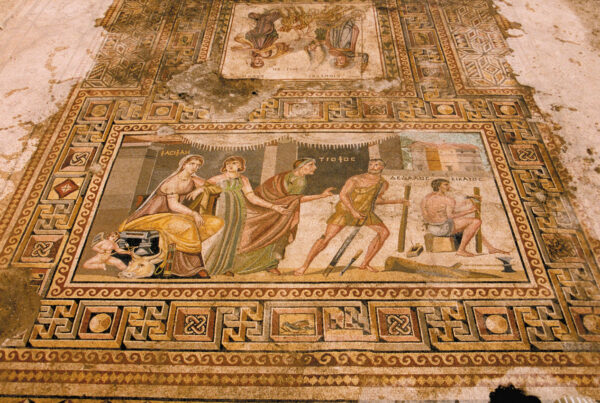This 30 minute documentary attempts to trace the Ideology of the Neolithic Era by going through regions where few, but most significant, traces have been found, and noting the objects whose use has directed research to new and significant conclusions. George Hourmouziadis, professor of Prehistoric Archaeology, suggests five areas where archaeologists ought to concentrate their research –jewellery, decorations, statuettes, burial rituals and social organization. Fashioned shells from the Aegean have been found in regions –besides Greece– such as the northern part of the Balkans and Central Europe. Their presence at such distances from the sea, gives an indication of their value. Through a complex network of interrelations, which constituted part of the neolithic communities’ social organization, jewellery from shells, bone and stone constituted “social” status objects. Similar pieces of jewellery, vases and other objects are found in various and distant regions. Common shapes and decorations shared by vases scattered throughout diverse settlements, reveal uniform cultural environments, which are expressed through the creation of local networks and more significant alliances. Furthermore, incisions on vases and statuettes, which went unnoticed till now, are being carefully examined and noted down. They might possibly reveal the existence of a primary script in the Balkan region, should they come to be deciphered. The notion of communication is the key to everything related to the statuettes, the decoration and the persistence of some repetitive designs. Communication, however, not as it is perceived nowadays, but as a code standing in for language before the existence of writing. One of the areas where prehistoric man’s metaphysical concerns are reflected is that of burial rituals. The finds are representative of three types of burial: traditional inhumation, transfer of the body and cremation. The latter was abandoned in Greece with the establishment of Christianity, while the transfer ritual survived through the Christian Era and up to our days. Is the “megaron” discovered in New Nicomedeia a sanctuary or a “palace”? Although religion is considered an inherent part of a society’s ideology, it is impossible to detect it 9.000 years ago. Essential information has been lost for ever. The participants are G. Hourmouziadis and K. Gallis, both professors of Prehistoric Archaeology and the jeweller Mrs. Lina Diamantopoulou-Fanouraki.
- Direction: MARIA POWELL
- Production: ET3







